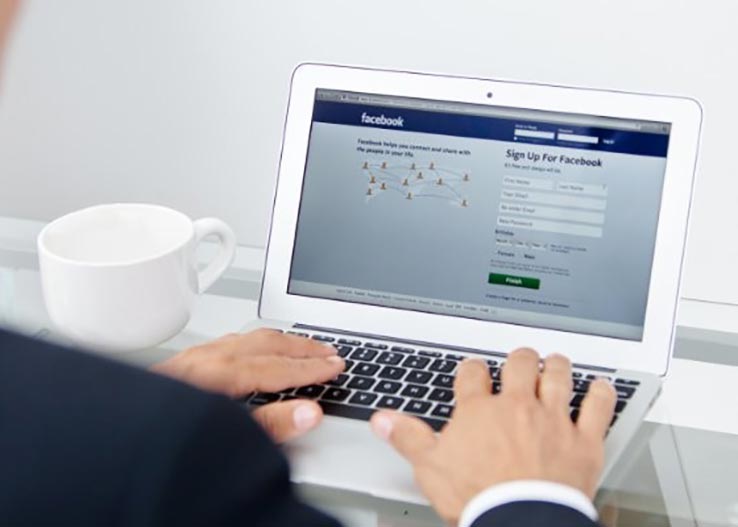Why Facebook at Work Matters

by Charlene Li and Jon Cifuentes
Facebook’s new workplace collaboration tool might not offer anything new, but its billion-plus user base makes it a threat that competitors can’t ignore.
Facebook is actively testing a new product called Facebook at Work, designed to help groups of users collaborate, share documents and manage projects in the workplace. Here’s what you need to know about it:
- The new app is currently being tested on a handful of companies in a pilot program. The selected companies all have at least 100 employees to test the app’s limits. While the general public will be able to see the Facebook at Work app in the Google Play and Apple App stores, only the pilot companies will get to download and use it.
- Users can upload documents through groups, but there won’t be any significant document editing or collaboration capabilities like there are in Google Docs or Office365.
- Anything you do on Facebook at Work is internal and only shared with coworkers. It doesn’t bleed over to your personal Facebook account.
- However, users can integrate their personal accounts, but only as a means of switching back and forth. You won’t need a personal Facebook account to set up Facebook at Work.
- It’ll look and feel much like the regular Facebook UI, including familiar features such as user profiles, news feeds, messaging and groups.
The Perception Problem
Facebook’s entry into this market is fraught with challenges. One is that many people like to keep a separation between work and personal activities in social channels. Most of you are here on LinkedIn to conduct business, and keep Facebook to personal postings to family and friends. Facebook at Work will be asking people to be comfortable using a “personal” site in a business way — something that will be hard for many to adopt. Issues of trust, confidentiality, etc. will need to be addressed both by Facebook and employers.
Second, there’s plenty of competition. And then there’s the problem of perception. Facebook is often seen as a destination at work to ‘get away from work.’ In our experience, making the business case for social networking in the workplace can be really painful, especially in regulated industries where data protection and trust is paramount. Just a few years ago, more than half of US companies blocked Facebook in the workplace. Now, Facebook faces the tough task of convincing business leaders that a true business use exists for this to deployed, and IT leaders that their data is safe.
Why It Could Work
So why do this? Easy, they can. Facebook has been using this tool internally for the last four years, and think it’s robust enough to launch for the general public. “We have a long history of successfully connecting people and connecting businesses,” said Elisabeth Diana, corporate communications director at Facebook. “It’s a worthwhile test to explore.”
Facebook’s 1.35B user base gives this ‘test’ real firepower. This instantly makes it a whale in an enterprise collaboration marketplace crowded with minnows. Even the de facto business social network, LinkedIn, has less than 25% of Facebook’s audience at 323M active users and can’t be used for effective workplace collaboration. Enterprises could potentially have a hard time keeping employees on Chatter, Yammer, or other internal social networks when the Facebook interface is already so familiar and functional. In other words, how much do you really have to train your employees to use something that comes naturally to them?
Business Outlook
With so many active players in this space, it’s clear Facebook at Work won’t be seen as a huge revenue driver for the firm, and it shouldn’t be. But it does send a strong message to the larger competitors in the space, which is exactly why Microsoft, Google, and Salesforce, particularly need to take notice. They need to be geared up to address the sheer volume of users Facebook can bring to the party and really focus on their strongest value propositions: document and workflow collaboration for the first two, collaboration for the purpose of sales for the third. They simply can’t compete as a business personal profile. Facebook invented that game for consumers, and the enterprise tilt is a no-brainer.
As for LinkedIn, Facebook at Work doesn’t have as much impact because LinkedIn doesn’t currently have an internal enterprise product or solution. But this will put a significant dampener on any internal efforts that may be in the works.
While enterprise players need to take Facebook at Work seriously, the irony is that Facebook at Work is a small fry in the scheme of everything else the company is doing. The business model for this product will likely be subscription-based as enterprises won’t tolerate an ad-based business model for a work tool. For Facebook at Work to make a difference against a backdrop of estimated 2014 revenues of $12 billion, it would have to be massive. Everything we’ve seen indicates that Facebook is merely dabbling in this space for now. Our take: it’s a smart strategic move in the short term to distract enterprise competitors from their more consumer-oriented efforts.
